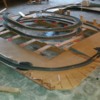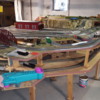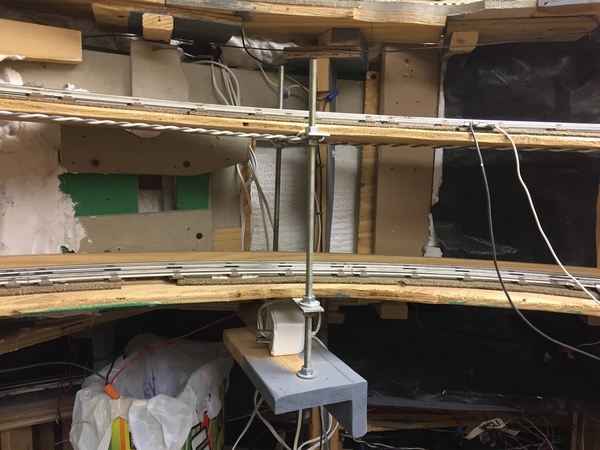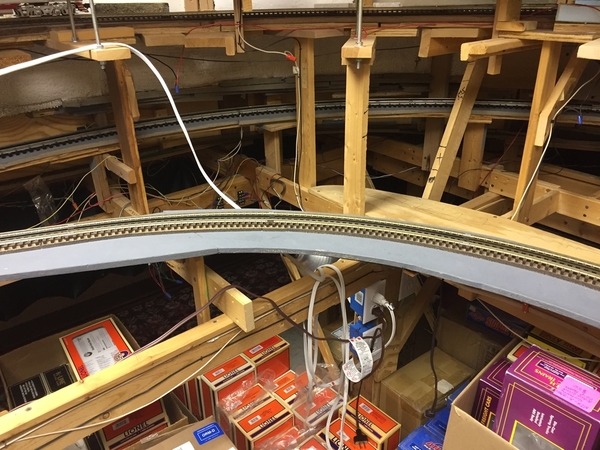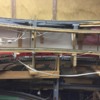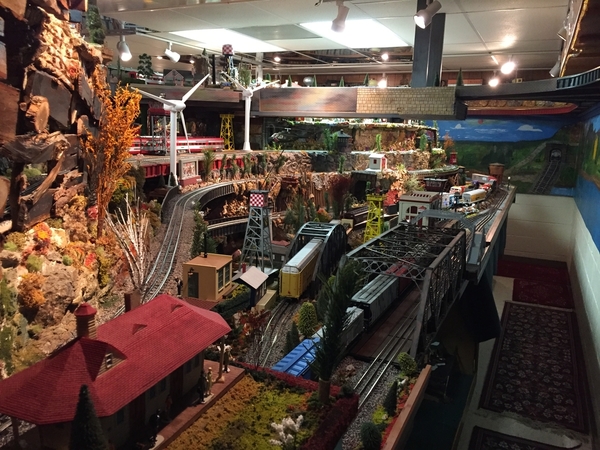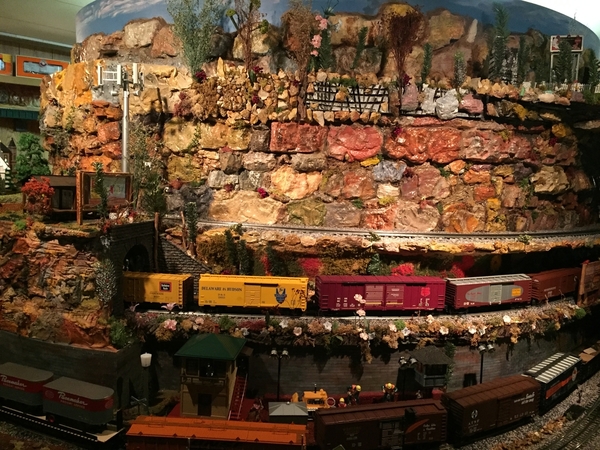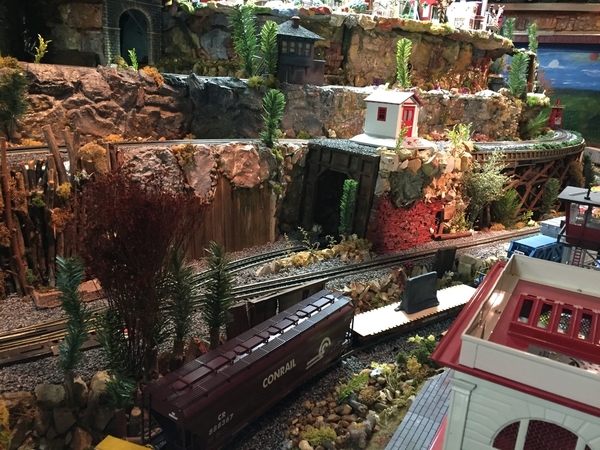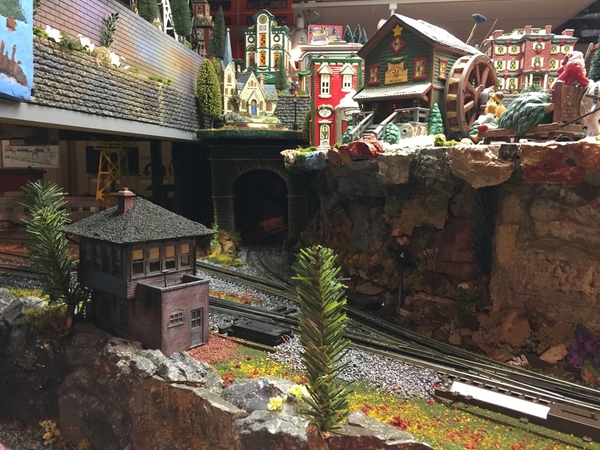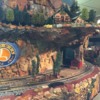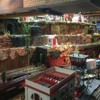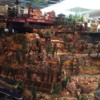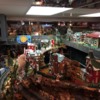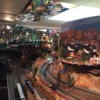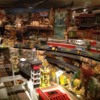Elliott, your helix is a masterpiece, your right, covering such a really well made helix sort of hurts, however it gives the time delay illusion second to none. I like your camera ideas, I will look into that for my Helixes. The main thing I wanted was a safe way to travel from level to level with no derailments, and if that occurred, making Certain no trains going to the floor....Your Layout is 5 times larger than mine, mine bring 38 by 17.... Where did you get your security camera system. Thank you.
BOOMER0622, I like your Helixes and they make for a great action running layout. They look solid, possibly a steeper grade than 2%, but I am sure your trains zip up and down the levels briskly and it would be a fun to run, fun to watch Layout. It goes to show that everyone has unique ideas that are very interesting. Thanks for showing.
The Susan Deets helix, words cannot express, its truly a work of art, and it may be in a room of its own out of view. I would Really like to see the entire layout to get perspective on it. I like the idea of having several tracks insid the helix as that would make Operation much more interesting. Helixes, Turntables, Transfer Tables, Lift Bridges, Bascule Bridges add so much excitement to our layouts. I simply did not have room for everything I dreamed of.
Ed Kelly, Great Question and fun thread, my only suggestions are, when building your helix, allow for long passenger cars, 21” in scale, GG1’s with Pantographs up in scale, and shanable freight cars, have plenty of width, a guard rail just in case of derailments, and smooth flowing Trackage, no humps, or bumps, plenty of power, and like Elliott, a security camera system....One other idea I used was a convenient way to get to the Inside of your helix......
See picture of Rolling Thunder, 4 AC6000’s Legacy Controlled....
Have fun and keep us posted on your project, before and after pictures....It a great Journey, and at the end, you’ll be very happy....Happy Railroading 




